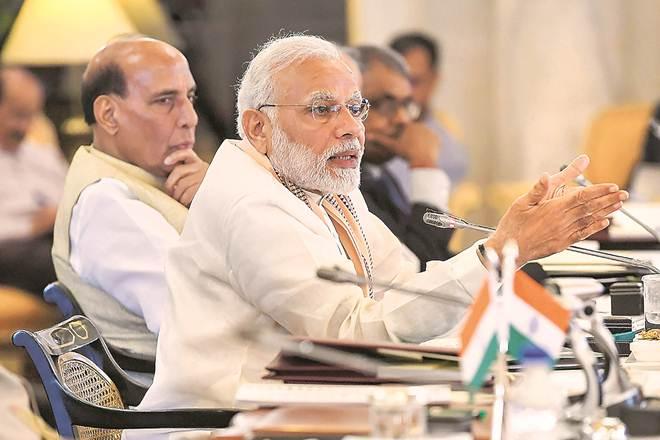If India crossing the Line of Control (LoC) to enter Pakistani airspace, for the first time since 1971, and blowing up a major Jaish-e-Mohammad (JeM) training camp with 250-300 terrorists in Balakot—the operation involved the use of aircraft from multiple bases, including a mid-flight re-fuelling aircraft, a surveillance drone, apart from 12 Mirage 2000s—was meticulously planned and executed, the pre- and post-handling was equally impressive. That the US was clearly on board was evidenced from president Trump’s statement, on the 22nd, that India was “looking at something very strong”; National Security Advisor Ajit Doval had discussed the possibility of the strike with his US counterpart John Bolton two days after the Pulwama attack. External affairs minister Sushma Swaraj being invited to the inaugural plenary of the foreign ministers’ conclave of the Organisation of Islamic Cooperation despite Pakistan’s opposition also signalled a breakthrough in diplomatic relations, as did China signing off on the UN Security Council condemning the Pulwama attack and naming JeM as responsible for the “heinous and cowardly suicide bombing”; China has, in the past, single-handedly blocked the listing of JeM chief Masood Azhar as a ‘global terrorist’ at the UN Security Council. And while Pakistan expected China to back it after the Indian strike, a bland Chinese response was to ask both countries to exercise restraint, and the spokesperson of the Chinese foreign ministry responded to a question on the strike by saying “fighting terrorism is a global practice and needs necessary cooperation”. And, in an attempt to dampen the jingoism that usually accompanies such strikes, as well as to give Pakistan a face-saver, the foreign secretary called it a “non-military preemptive action” that was “specifically targetted at the JeM camp”.
While Pakistan’s cabinet has said it will retaliate at a time and place of its choosing, and there is always the possibility of another terrorist attack, Tuesday’s strike deep into Pakistan, and the well-publicised surgical strike in 2016, make it clear that this is no longer the zero- or a low-cost operation it used to be in the past. Indeed, if India is able to further isolate Pakistan—external affairs minister Sushma Swaraj is expected to take up Pakistan-sponsored terrorism at the 16th Russia-India-China (RIC) trilateral—and stop IMF aid to it or get the Financial Action Task Force (FATF) to blacklist Pakistan, this could send the already-teetering economy over the brink; the US currently holds the presidency of the FATF.
Despite Tuesday’s impressive strike, it would be foolhardy to think India has tamed the Pakistani terror monster, even if the costs have gone up tremendously. And even the afterglow of Balakot can’t hide the fact that there was a big intelligence failure at Pulwama, and at various other places where Pakistan-backed terrorists have struck in the past. Apart from this, India also needs to get an elected government in place in Jammu & Kashmir and deal with an increasingly difficult situation there. All of this while, as the Rafale controversy showed, the Indian arms purchase machine is deeply inefficient—signing even the truncated Rafale deal, the CAG pointed out, took 180 months—and, while the political class continues to level charges at one another, that worsens the paralysis; all three forces have large gaps in their equipment needs. In order to fight the 1971 war successfully, in fact, then army chief Sam Manekshaw had to spend months buying equipment and ammunition from all over the world since, even then, the armed forces were woefully short of both. If India has to fight a full-scale war with Pakistan, its politicians can scarcely afford to ignore these realities.
